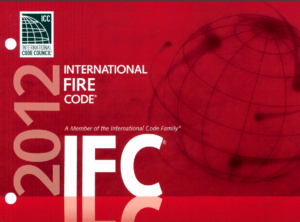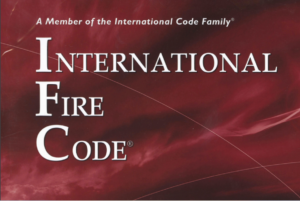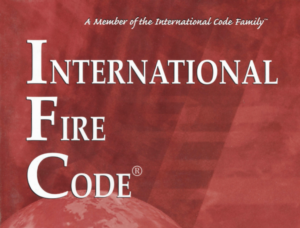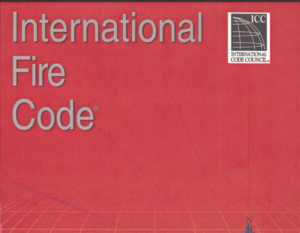The 2006 edition of NFPA 750, the Standard on Water Mist Fire Protection Systems, was developed by the Technical Committee on Water Mist Fire Suppression Systems. It aims to standardize the use of water mist technology as an effective fire suppression tool, particularly valuable in spaces where the use of large volumes of water is impractical. This standard provides guidelines for the design, installation, maintenance, and testing of water mist systems, offering a detailed framework to ensure these systems are both effective and reliable in suppressing fires.
NFPA 750 treats water mist systems as hybrid fire suppression systems that incorporate characteristics of traditional systems like automatic sprinklers and gas-based systems such as halon. The standard covers various essential aspects including system components, installation requirements, hazard classifications, and detailed guidelines for water supply and atomizing media necessary to ensure optimal performance of water mist systems.
Significant developments in the 2006 edition include updates on system support requirements like hangers, supports, reserve water supplies, pump capacities, and appropriate testing connections. This edition also emphasizes the importance of using listed or approved water mist equipment that has been tested and proven effective in fire suppression.
Overall, NFPA 750 provides a comprehensive set of rules that govern the implementation of water mist fire protection systems, ensuring they provide a high level of safety and efficiency in fire hazard management. The standard is essential for engineers and designers, who must apply rigorous and competent judgment in the system’s design and implementation, tailored to specific fire protection needs.






